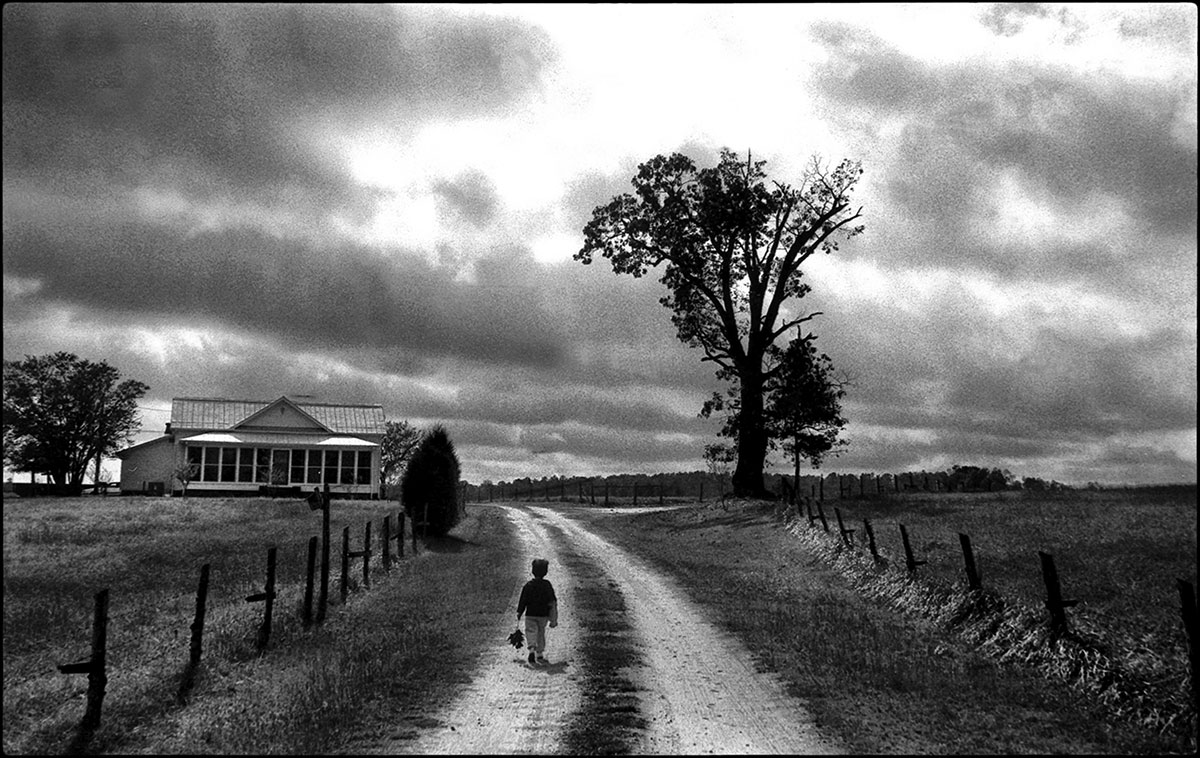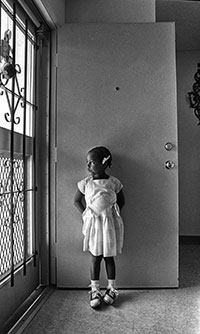Humble beginnings

Photographer started his career in Fort Pierce and perfected it around the world
BY CATHERINE ENNS GRIGAS
As a young photographer on his first big newspaper assignment, Jon Kral knew what he had to do to get the shot. He strapped himself to the outside of a Stearman Double crop duster plane while his subject skimmed over orange trees in a plume of chemicals.
That photograph of the colorful Fort Pierce crop duster Harold Williams sealed Kral’s fate. From then on, the camera would always be with him and he would always go the extra mile to get the shot he wanted.

As a photojournalist who has worked for some of the most prestigious publications in the world including Time and National Geographic, Kral has found himself using that same determination as he documented wars, prisons, youth gangs and natural disasters all over the globe. But the place where he began his award-winning career, Fort Pierce, has always been special to him.
Insight: Photography of Jon Kral will include that photograph of Williams, along with more than 30 other photographs of local people and places taken during a nearly 50-year span from 1970 until 2019, in an exhibition at the A.E. Backus Museum and Gallery in Fort Pierce. It is on display from Nov. 20 through Jan. 3.
Kral and museum director Marshall Adams decided to concentrate on Kral’s local photographs.
“We felt these images have a nostalgic quality and are a celebration of the area,” Adams says. “Many of them are of people and places that area residents will remember. But you don’t have to be from Fort Pierce to appreciate them. They are timeless photographs that anyone can relate to. They are capturing that perfect moment in the landscape or that quiet moment of an individual.”
On display will be images of local notables, such as Alto “Bud” Adams and A. E. “Beanie” Backus, both of whom Kral called friends.
He met Backus in the seventh grade and they continued their friendship through the years as Kral’s photography career took off.
“We had a mutual respect of each other’s work,” Kral says. “He encouraged me and really prodded me along.”
Kral worked first at The News Tribune, calling both his editor, Bob Enns, and photographer Arden Baker his mentors. He moved to The Palm Beach Post and then finally to the Miami Herald. When he told Backus he was moving to Miami, Backus quipped, “The cream always rises to the top.”


Kral’s photographs didn’t turn away from reality, but reveled in it. Haunting, yet in their own way beautiful, they were documentations that became artistic images in their own right.
Always drawn to black and white photography, Kral was an expert in the darkroom and preferred film long after his colleagues converted to digital.
It was only after one publication insisted on using digital photographs that Kral relented. He says he has never turned back.
“I like it for its convenience and its clarity,” he says.
During his 18 years with the Miami Herald, he won a Robert F. Kennedy prize for photojournalism for a series on teen gangs in Miami. He was a Pulitzer Prize in news photography finalist for his photographs taken in a Venezualan prison. His photographs were part of the Hurricane Andrew coverage that won the Herald’s Pulitzer.
Now 74, Kral lives in Boone, N.C., with his wife, Beth. Not one to rest on his laurels, Kral has continued to do a number of book projects, including one on the last real Florida cowboys, Cracker. He continues to lead workshops and seminars around the country. He had one planned in Seville, Spain, before the pandemic hit.
Always interested in the emotional aspects of photography, Kral now concentrates on street photography, capturing a spontaneous image. That’s been difficult during the pandemic, he says, because of mask wearing.
“It used to be it was hard for people to put down their phones,” he says. “Now it is masks.”
